Before a badminton match, both sides decide who serves and which side of the court they will play on through a coin toss. Matches use a best-of-three system, with each game played to 21 points. A player wins the game by being the first to reach 21 points, leading by at least 2 points. If the score reaches 29-29, the first player to score an additional point wins the game.
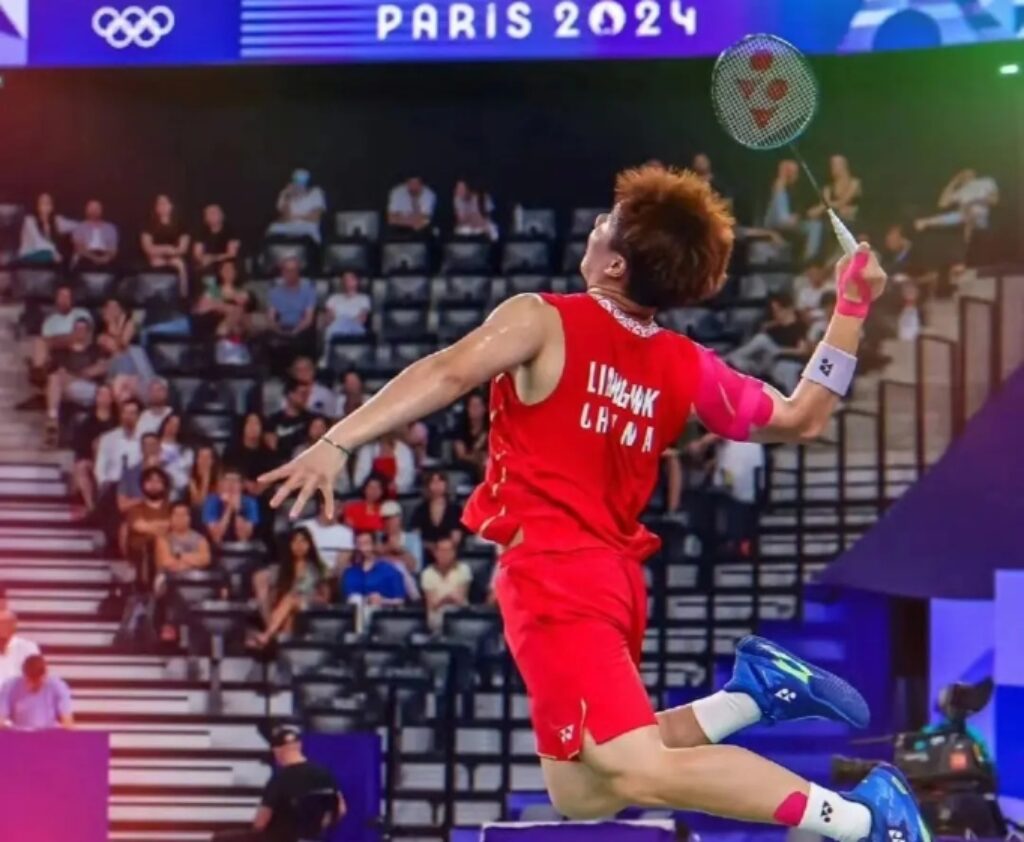
Under the new system, each rally results in a point. Players cannot request interruptions unless under specific circumstances (e.g., wet floor, damaged shuttlecock). However, a 1-minute technical timeout occurs when one player or team reaches 11 points in a game, allowing for a quick break.
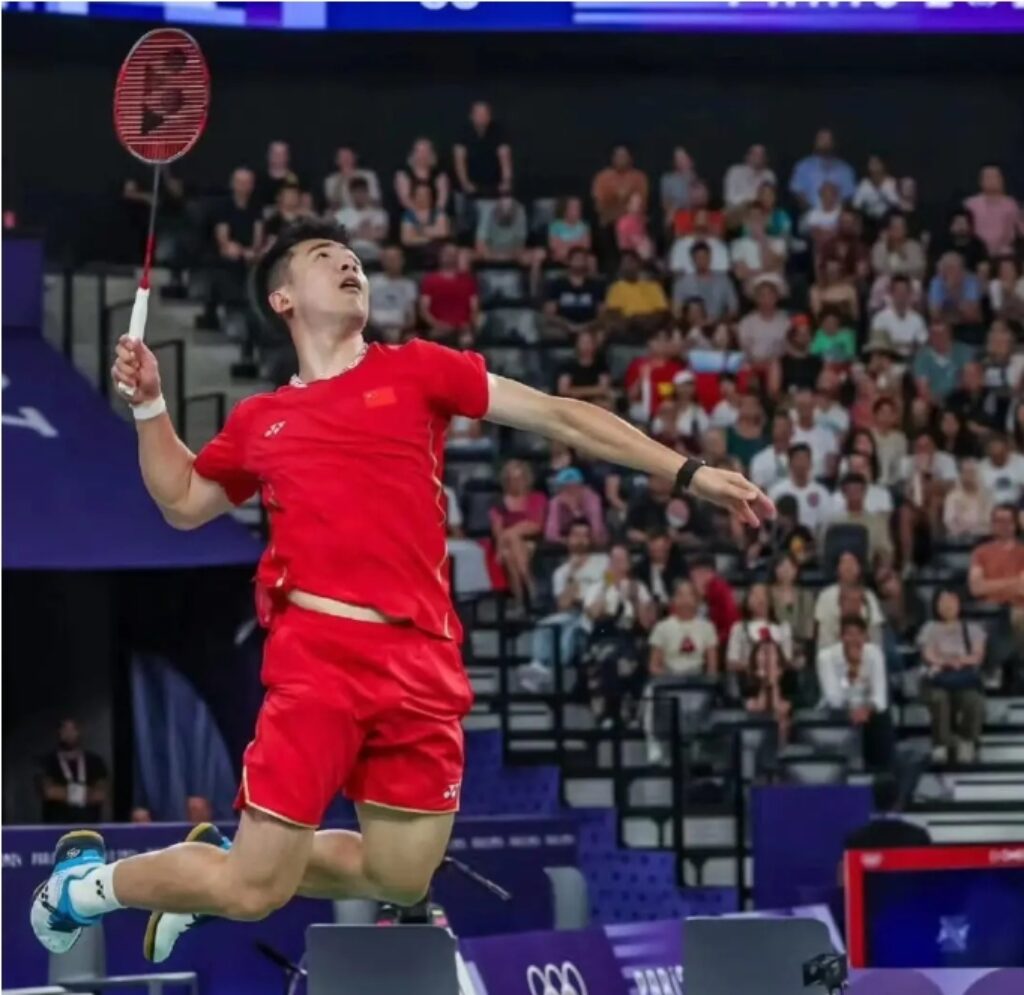
Only the side that scores gains the right to serve. If the server’s score is odd, they serve from the left; if even, they serve from the right. In the third game or a single-game match, sides switch courts when one player or team reaches 11 points.
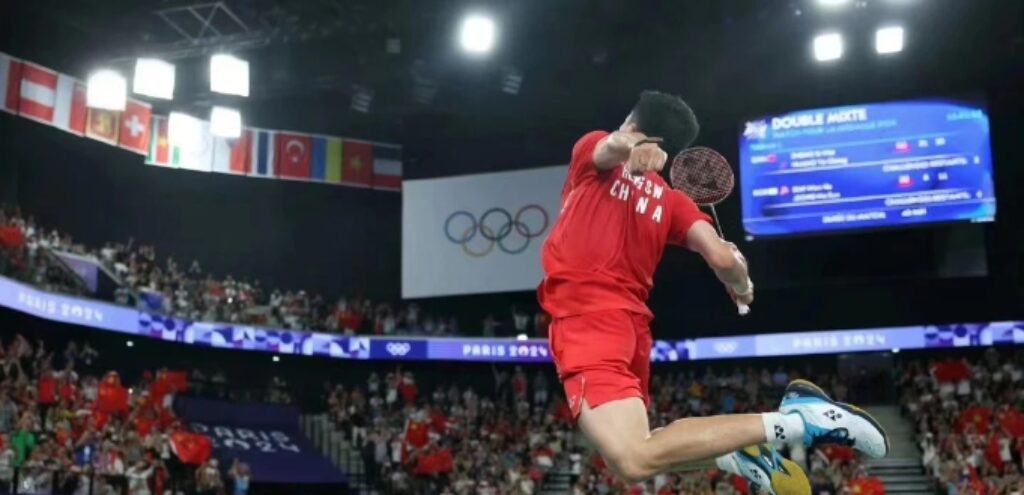
Aside from the basic rules, beginners should also be familiar with the following badminton fundamentals:
- The badminton court is a rectangular area measuring 13.40 meters in length. The width is 6.10 meters for doubles and 5.18 meters for singles.
- The lines marking the court are 4 cm wide, measured from the outer edges, and are usually painted in white, yellow, or other easily visible colors.
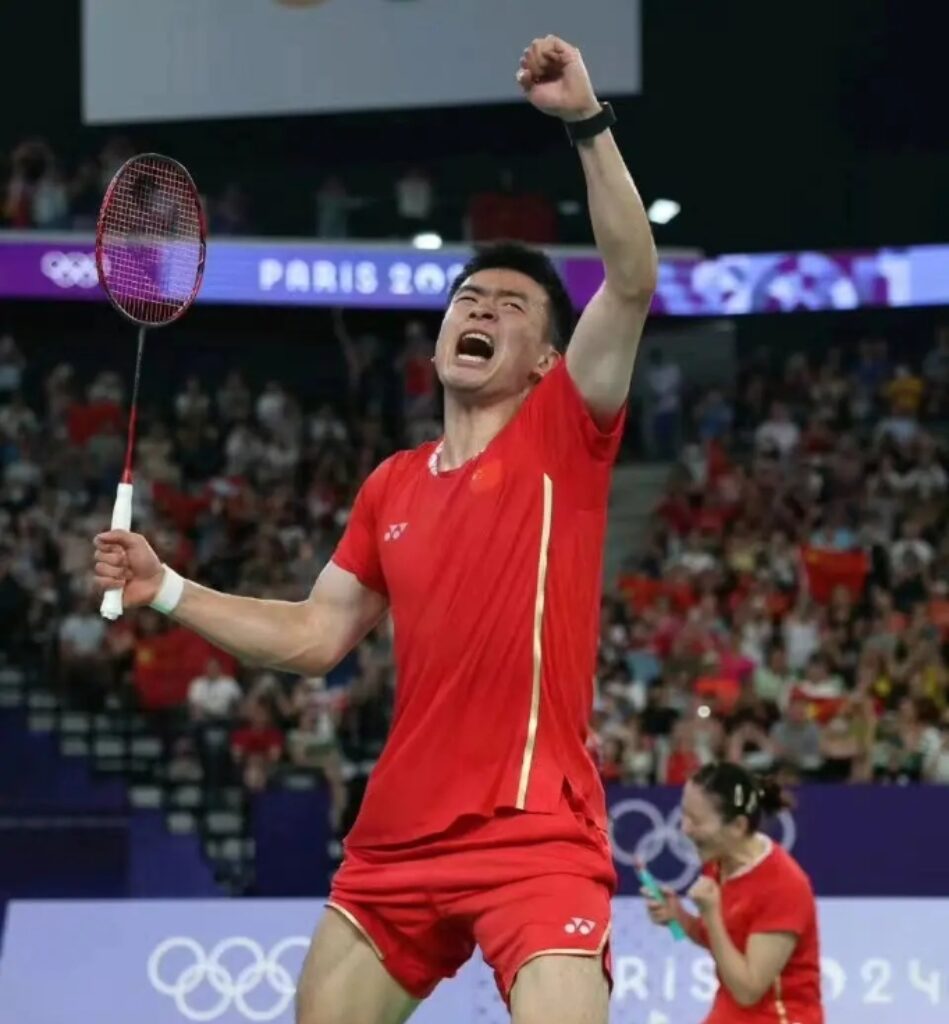
In a singles badminton match, when a player hits the shuttle towards their opponent, it must land within the red zone (including both dark and light red). If it lands outside this zone, it is considered out of bounds. In badminton matches, the player who scores a point gains the right to serve. If the current score is odd, the serve is made from the left side; if the score is even, the serve is made from the right side. In the third game, or in a match consisting of only one game, players switch sides when one player reaches 11 points.
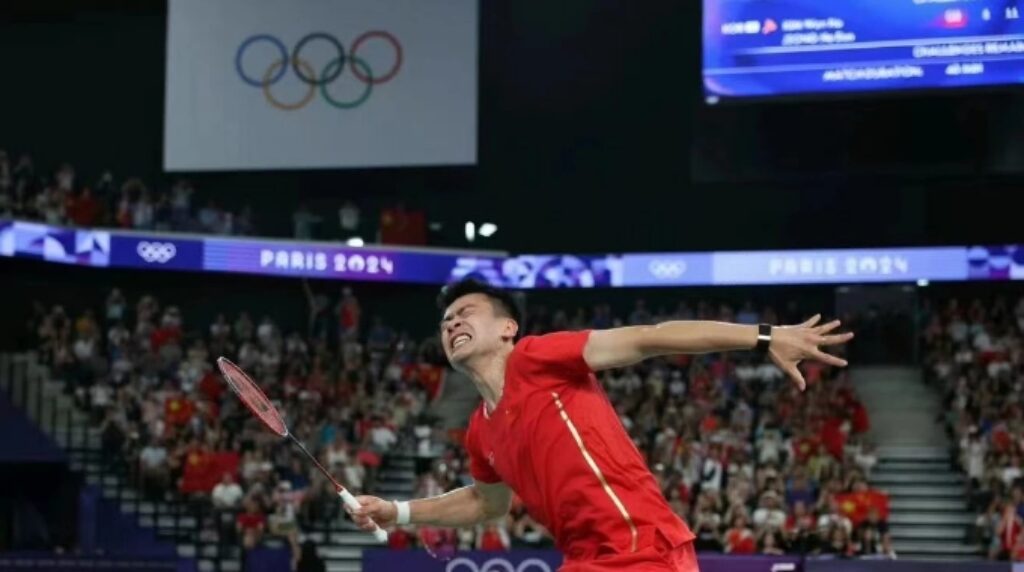
A player’s position on the court is called their “stance.” There are two types of stance:
- Restricted stance: For example, during serving or receiving, players must stand within the designated area (left or right service court).
- Unrestricted stance: Players can choose their position based on their strategy or the needs of their doubles partner.
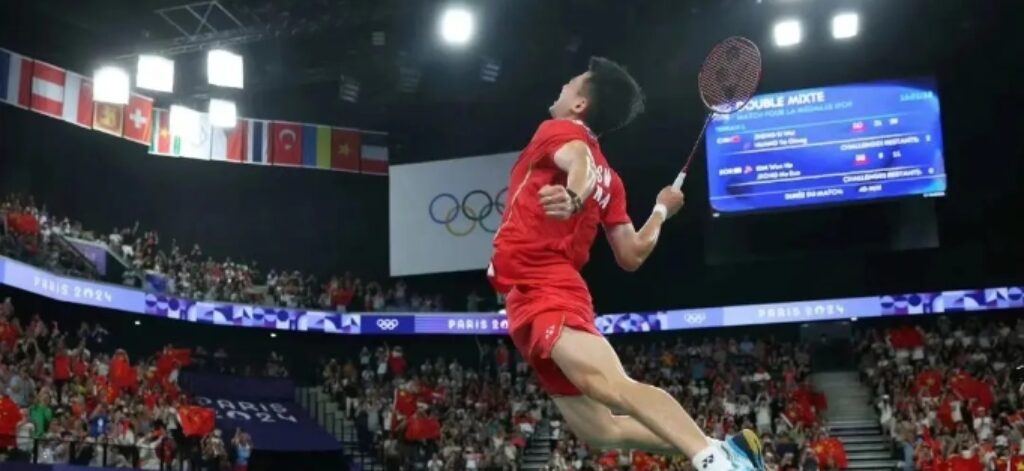
- In both singles and doubles, the serve/receive must be made diagonally, and both the server and receiver must be positioned within the designated area. The server must have both feet touching the ground and cannot step on the line while serving.
- During the serve, the shuttle must be hit from below the server’s waist and wrist, so you cannot toss the shuttle and smash it directly.
- The server has only one chance to serve. Once the shuttle touches the racket or falls to the ground, the serve is considered complete (though beginners are usually given some leniency in casual play).
- In doubles, the positioning of the server and receiver’s partners is unrestricted. They can stand on the same side or be positioned on opposite sides.
I. Delayed Serve
According to BWF International Badminton Rules 9.1.1: Once both the server and receiver are in position, neither may delay the serve for any reason. Once the server’s racket has completed its backswing, any delay would be considered a fault.
Additionally, according to Rules 9.1.7 and 9.2, once the server’s racket head begins to move forward, the serve is considered to have started. The racket must move continuously forward until the serve is completed. Any interruption in this movement is considered a fault—known as a “discontinuous serve.”
II. Types of Badminton Shuttles
- Outdoor Shuttles: Commonly used in home settings, outdoor shuttles are often referred to as “red head shuttles” due to their red rubber base. These shuttles are easy to hit far with minimal effort due to their high elasticity.
- Tournament Shuttles: Also called “white head shuttles” or indoor shuttles, these have a cork base covered with white leather. The selection and manufacturing of these shuttles are more precise, making them suitable for competitive play.
- All-Plastic Shuttles: These shuttles are molded from a single material, with no need for stringing or binding. They are more affordable and durable, as they do not shed feathers. However, they are not as effective in play as the other two types.

Leave a Reply